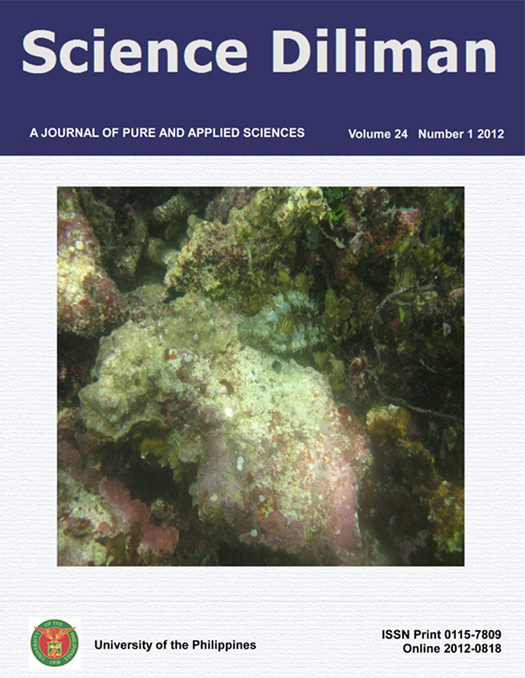Dichlorophen and Dichlorovos mediated genotoxic and cytotoxic assessment on root meristem cells of Allium cepa
Abstract
Plants are direct recipients of agro – toxics and therefore important materials for assessing environmental chemicals for genotoxicity. The meristematic mitotic cell of Allium cepa is an efficient cytogenetic material for chromosome aberration assay on environmental pollutants. Onion root tips were grown on moistened filter paper in petri dish at room temperature. Germinated root tips were then exposed to three concentrations of each pesticide for 24 h. About 1 – 2 mm length of root tip was cut, fixed in cornoy’s fixative, hydrolyzed in warm 1 N HCL, stained with acetocarmine and squashed on glass slide. About 3000 cells were scored and classified into interphase and normal or aberrant division stage. Cytotoxicity was determined by comparing the mitotic index (MI) of treated cells with that of the negative control. The MI of cells treated with Dichlorophen and Dichlorovos at one or more concentration was half or less than that of control are said to be cytotoxic. Genotoxicity was measured by comparing the number of cells/1000 in aberrant division stages at each dose with the negative control using Mann – Whitney U test. Both Dichlorophen and Dichlorovos are genotoxic at higher concentrations i.e. 0.001%, 0.002% and 0.028%, 0.056% inducing chromosome fragment, chromosome lagging and bridges, stick chromosome and multipolar anaphase.
Keywords: Allium cepa, cytotoxicity, genotoxicity, mitotic index, pesticides, root tip cells



